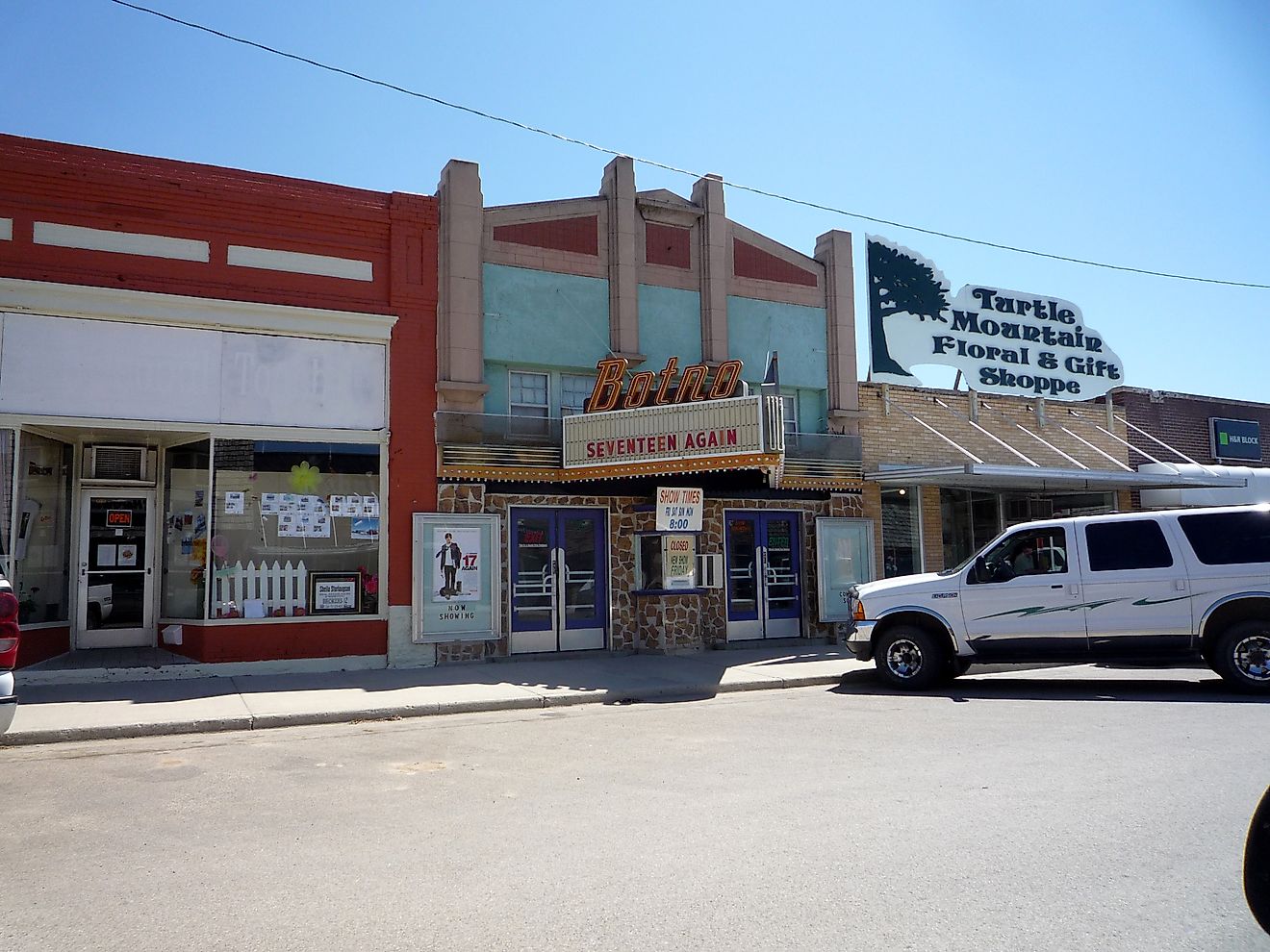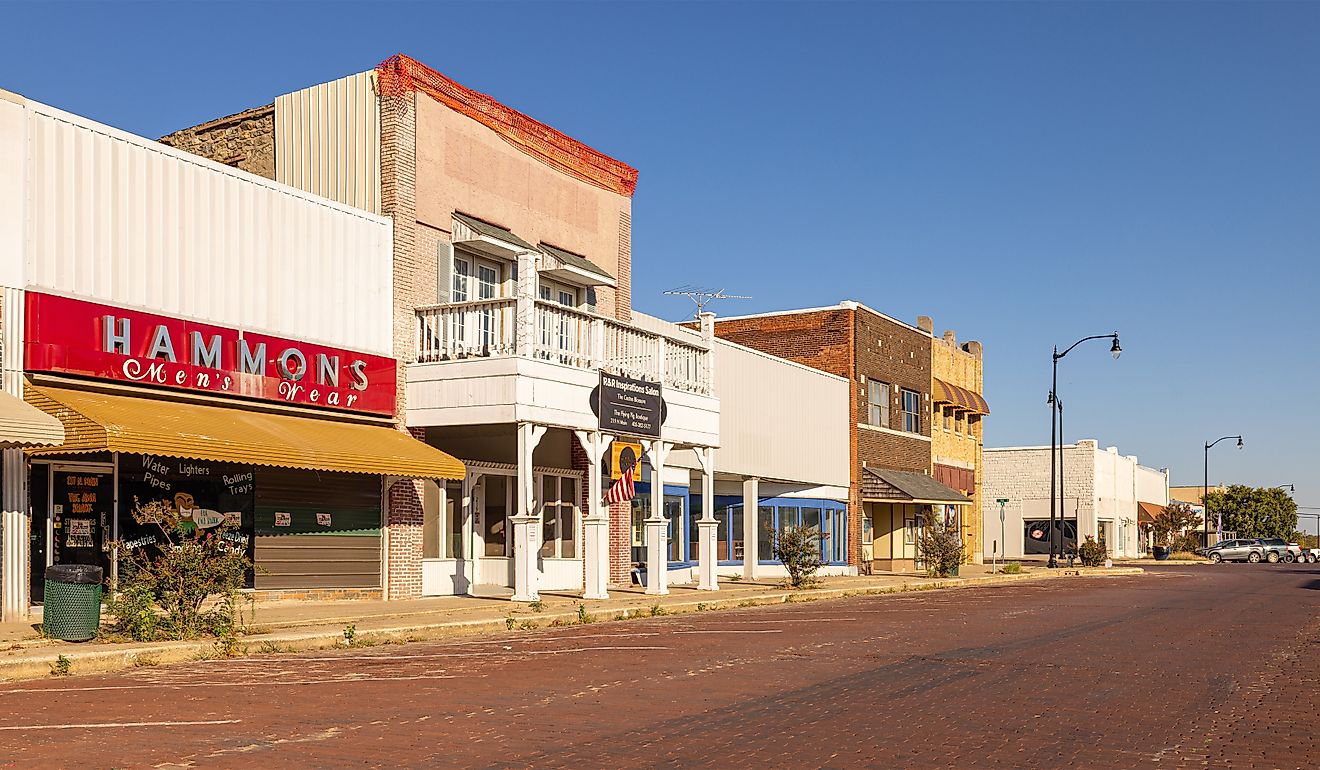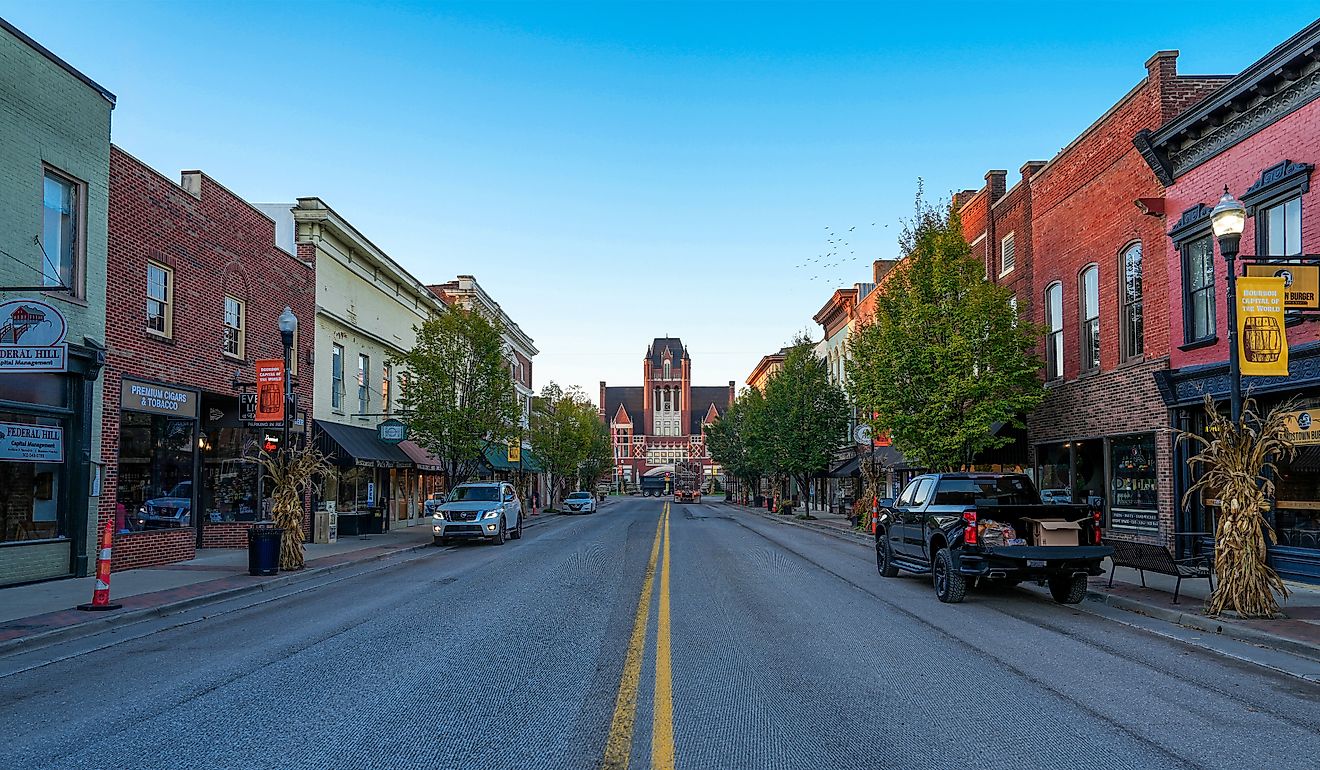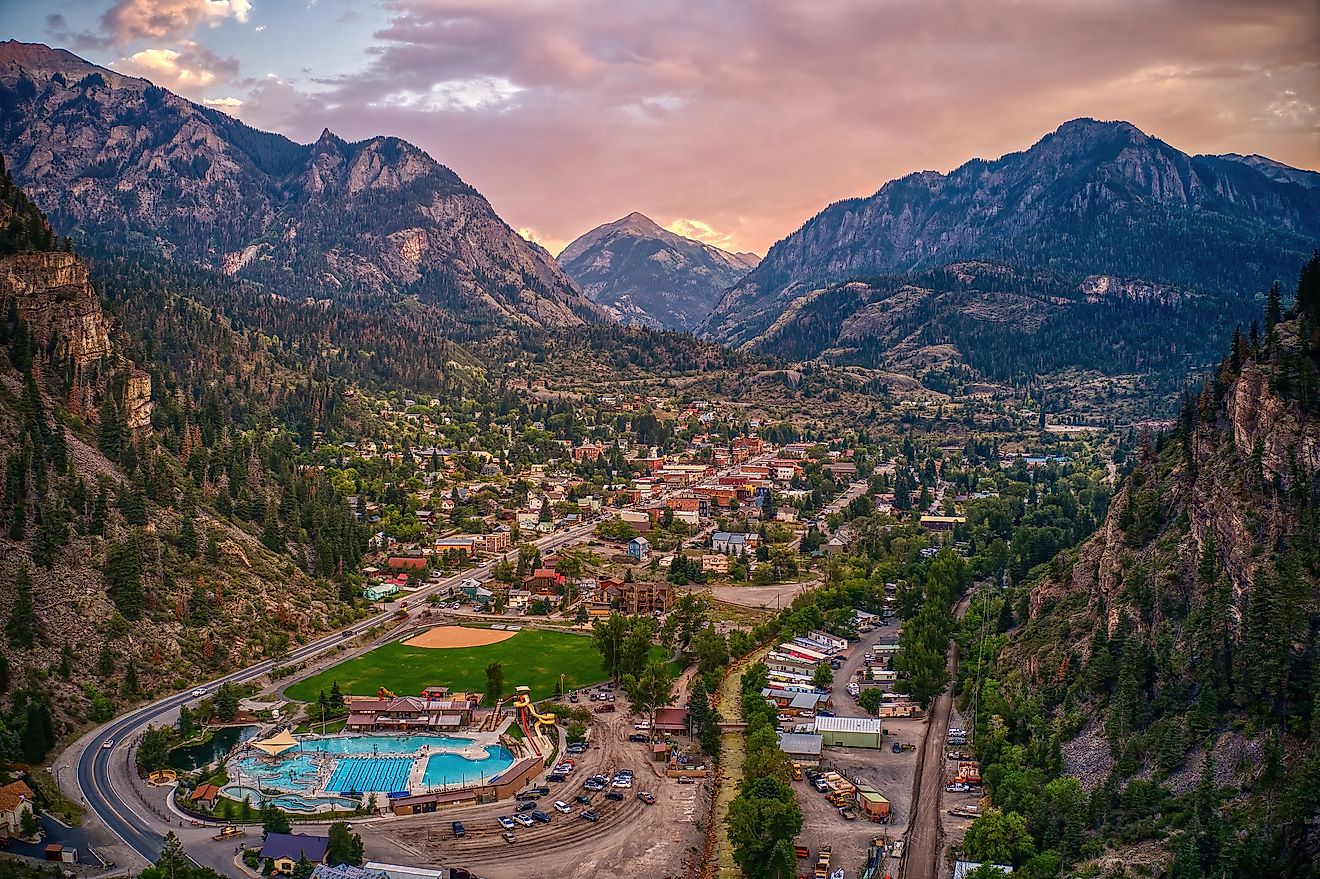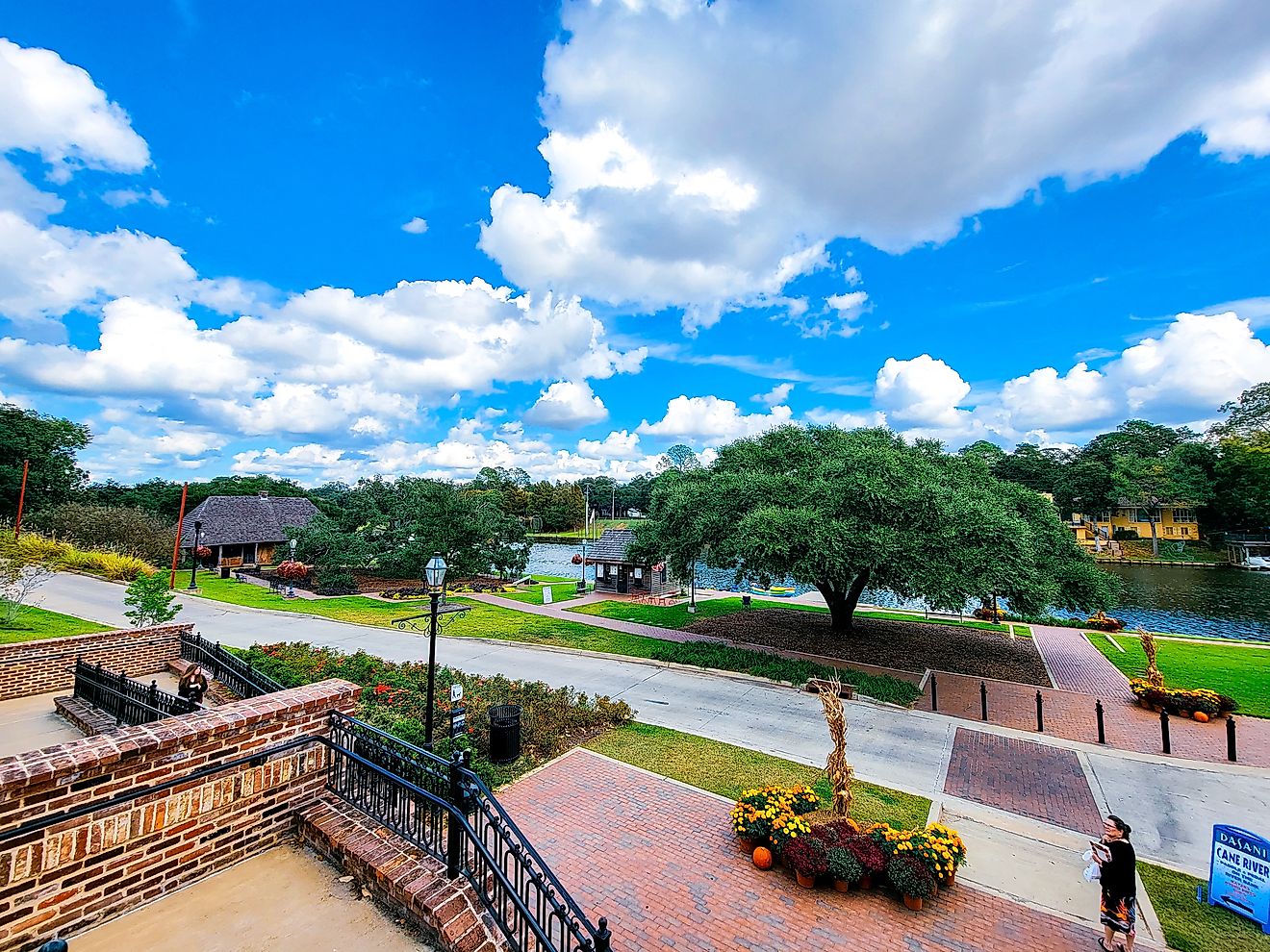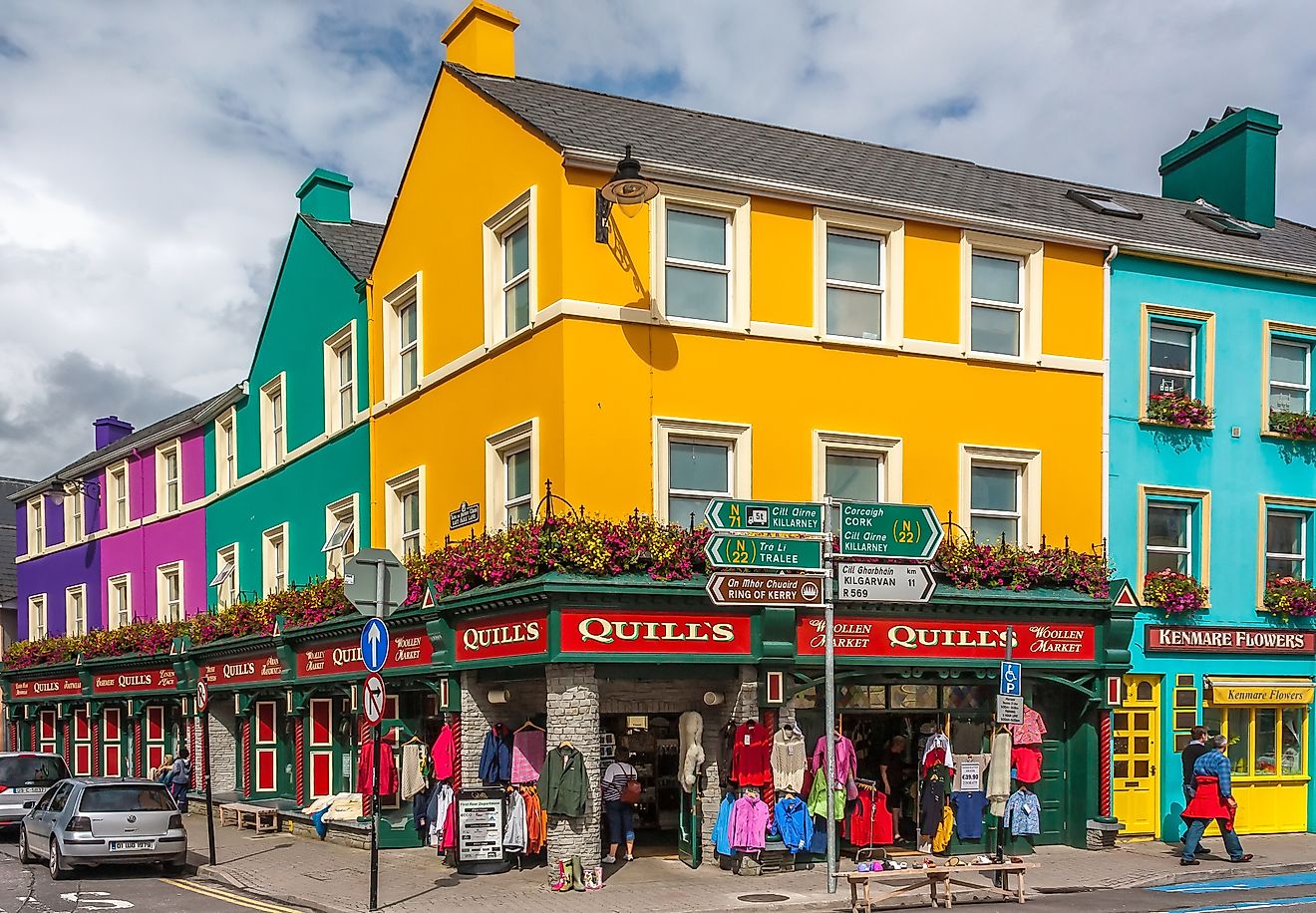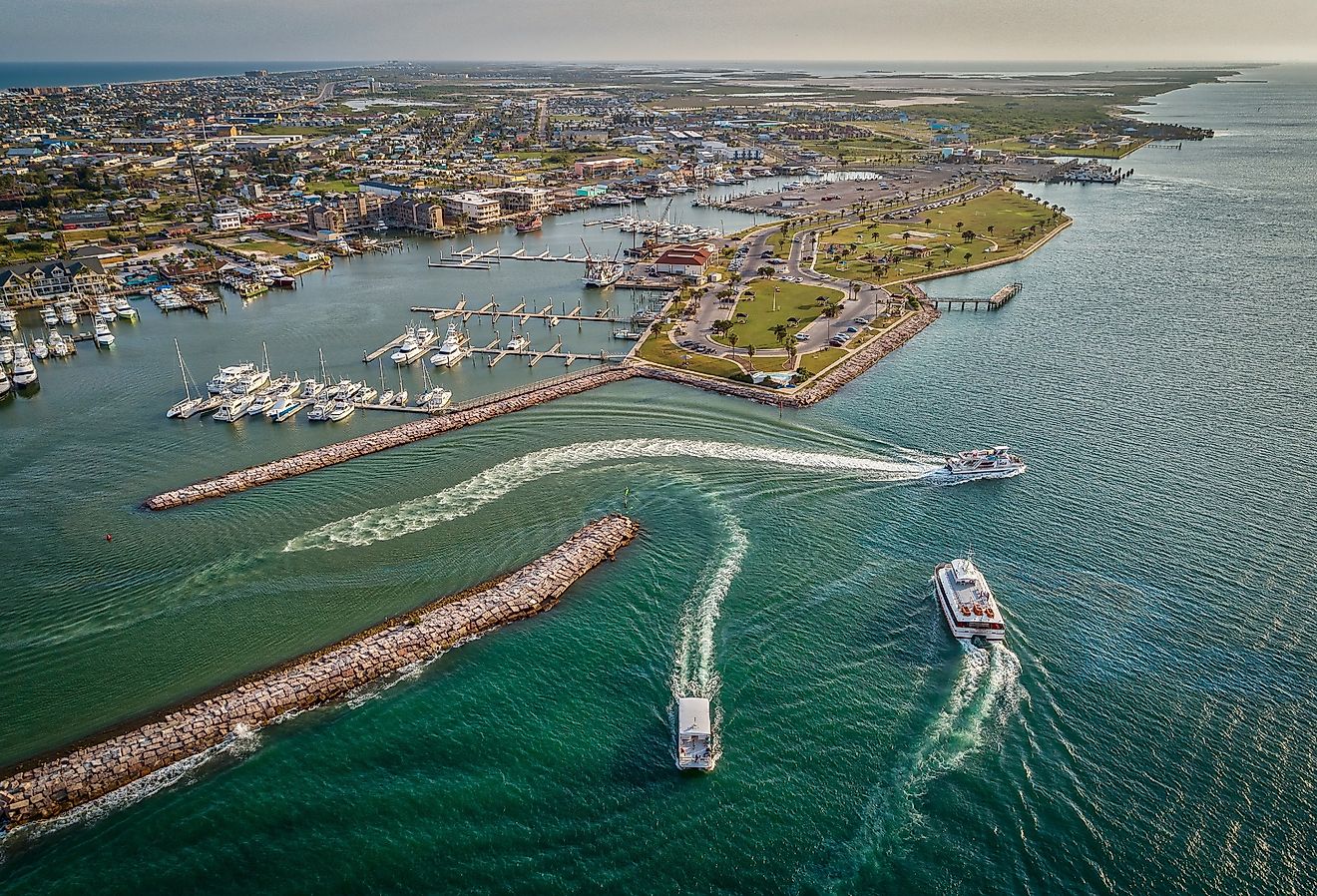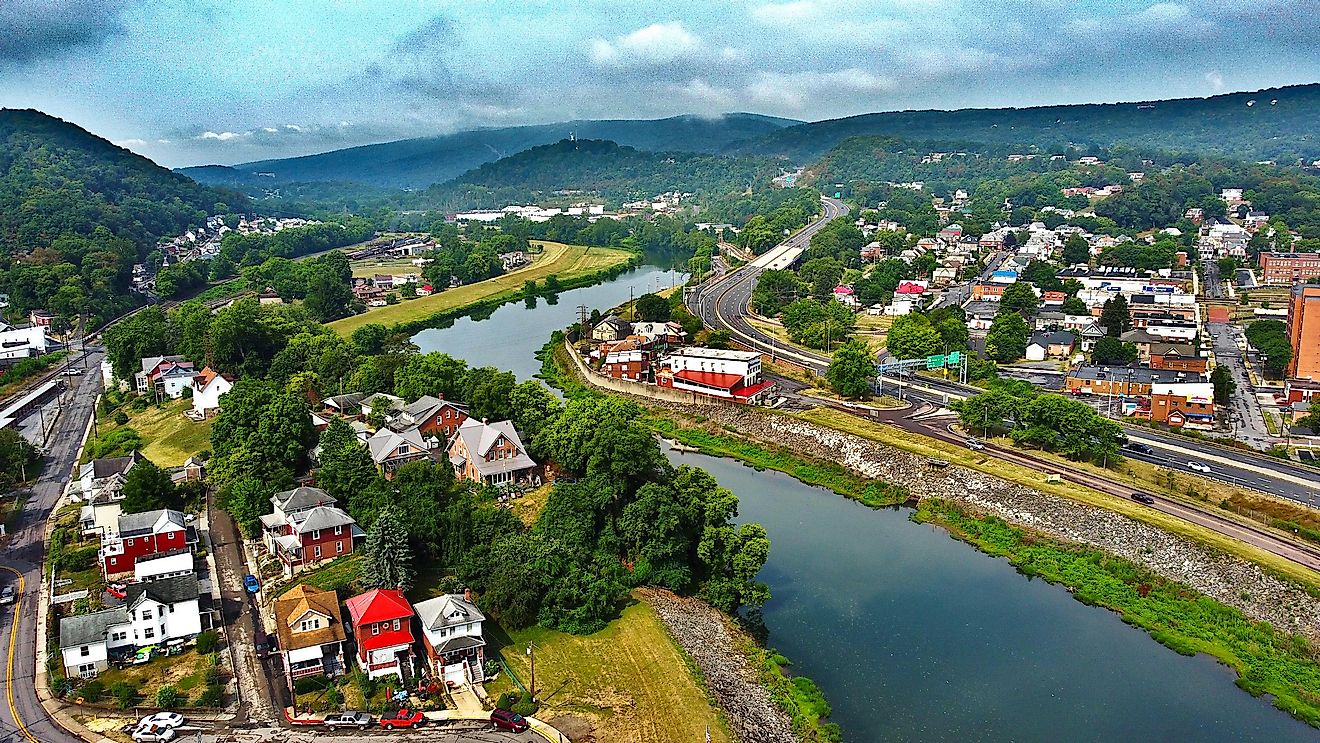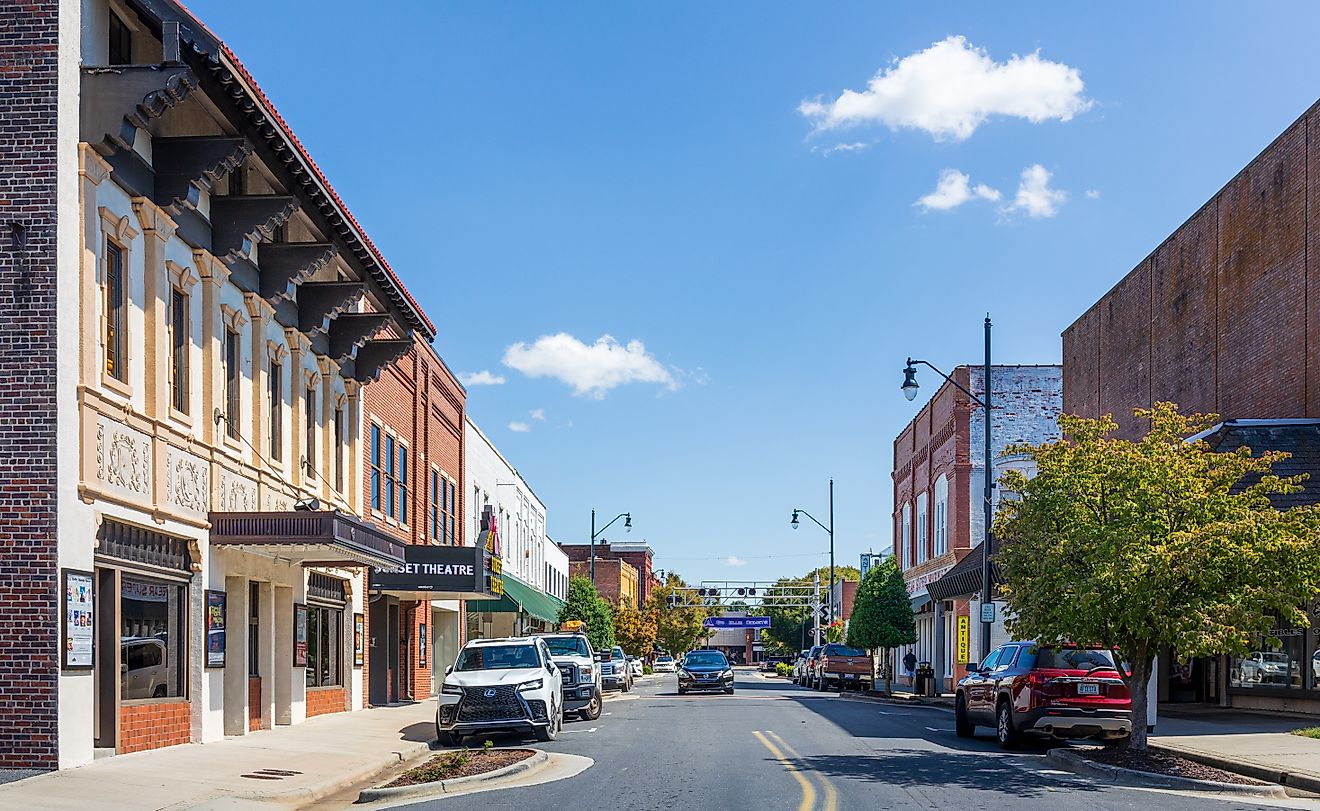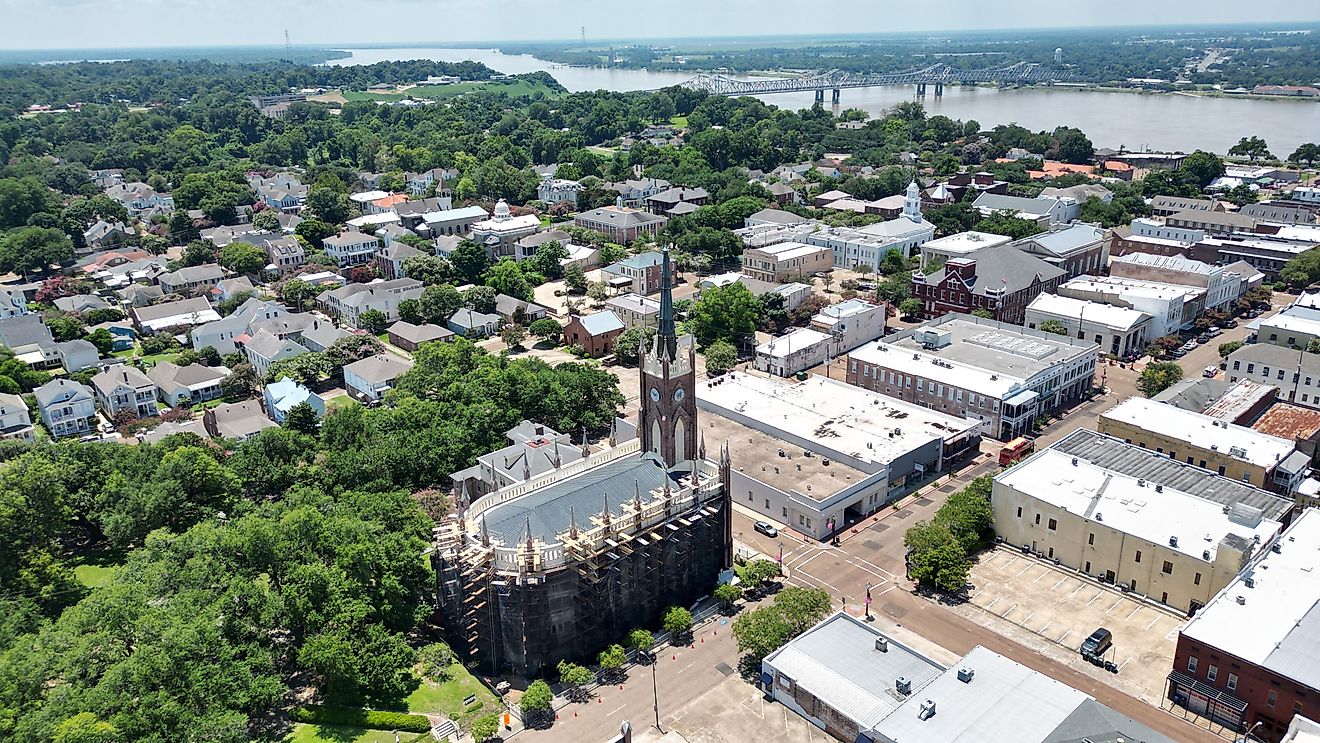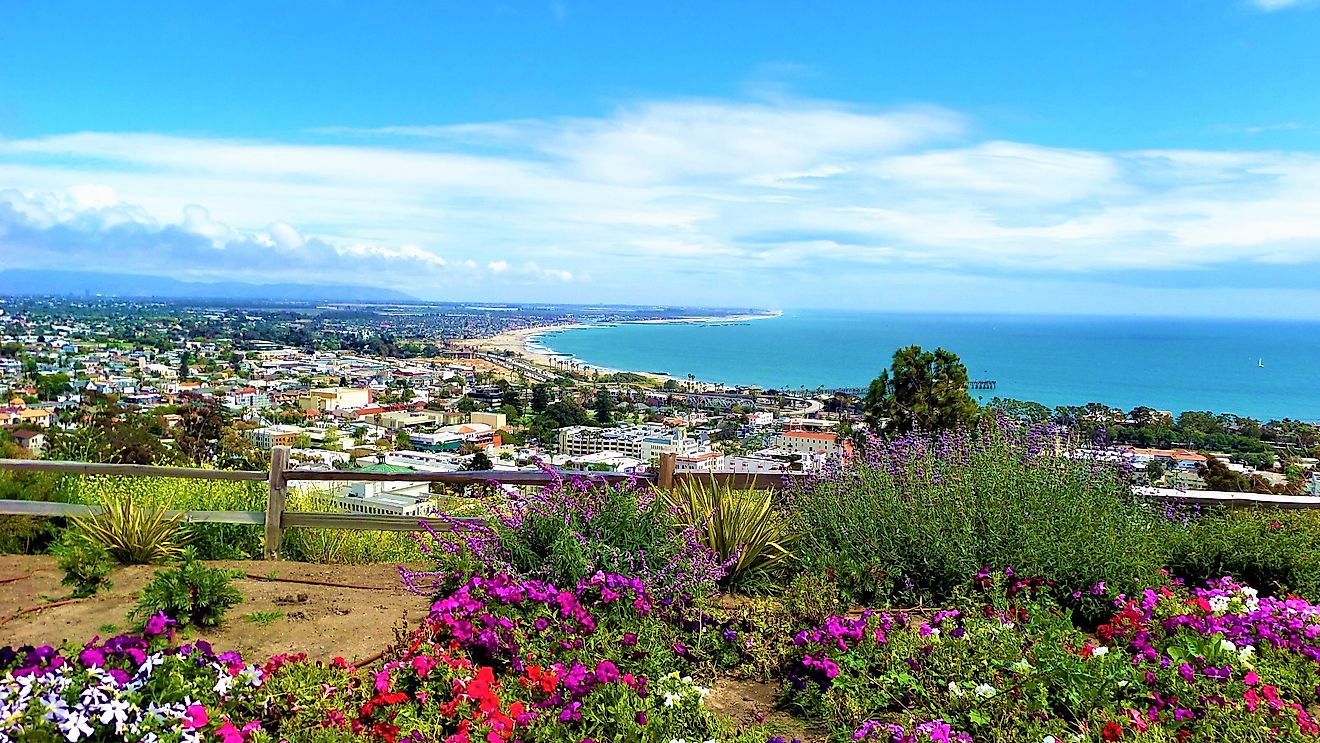
7 Nicest Small Towns In Illinois
Follow a line on the state highway map until the road numbers shrink and the grain elevators fall behind. The hubbub drops out, and a different Illinois starts talking, less like Chicago’s trumpet, more like a fiddle leaning against an old porch rail. This is the Illinois where a courthouse clock still sets the local tempo, where river fog decides when breakfast begins, and where bricklaying once mattered as much as politics.
What binds them isn’t population or postcard prettiness alone, but a stubborn refusal to impersonate anywhere else. Their main streets are inherited. Cafés roast beans in rooms that once sold harness leather, museums fit inside former opera balconies, and state parks begin at the edge of someone’s backyard. In an age of algorithmic sameness, these seven towns prove that geography can still produce dialect, and that a quiet place, when listened to closely, often tells the loudest story.
Galena
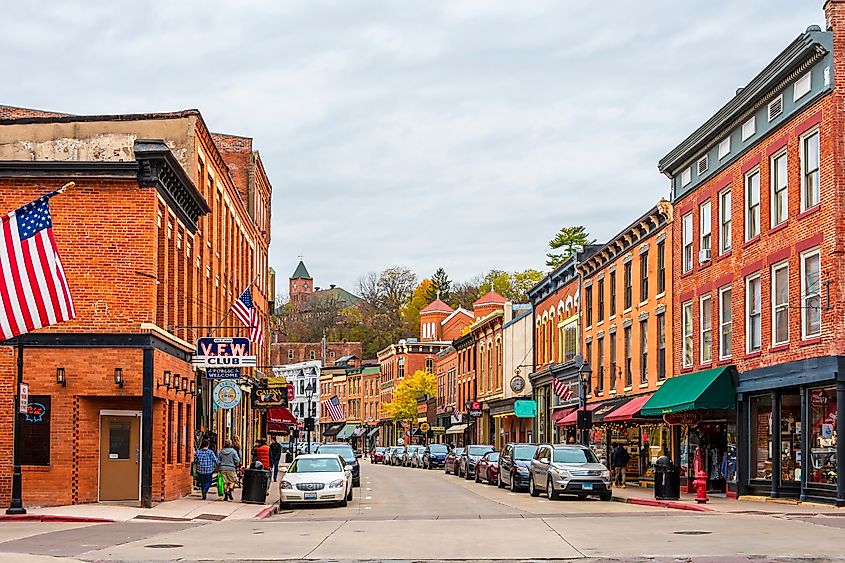
Galena sits folded into northwest Illinois’ driftless hills, a region the glaciers missed, giving the town an unusually steep and winding terrain for the Midwest. In the 1800s, it was the nation’s leading lead ore producer, and the money that poured in still shows in the town’s preserved Italianate and Federal-style buildings. Over 85% of Galena’s structures are listed on the National Register of Historic Places. It’s also where Ulysses S. Grant launched his political career; the brick house gifted to him by locals in 1865 remains open to the public.
Main Street curves along the Galena River and holds over 100 independent businesses in a span of just six blocks. Otto’s Place, in a corner brick building near the old railroad depot, serves baked French toast and a popular smoked salmon Benedict. The Galena & U.S. Grant Museum, housed in an 1858 Italianate mansion, exhibits original Civil War artifacts and maps of the early lead mines. At the edge of town, the Belvedere Mansion offers tours of its ornately furnished Victorian interiors. North of downtown, Grant Park stretches above the river and features a pedestrian bridge with elevated views of the rooftops, steeples, and limestone bluffs that define Galena’s layout.
Woodstock
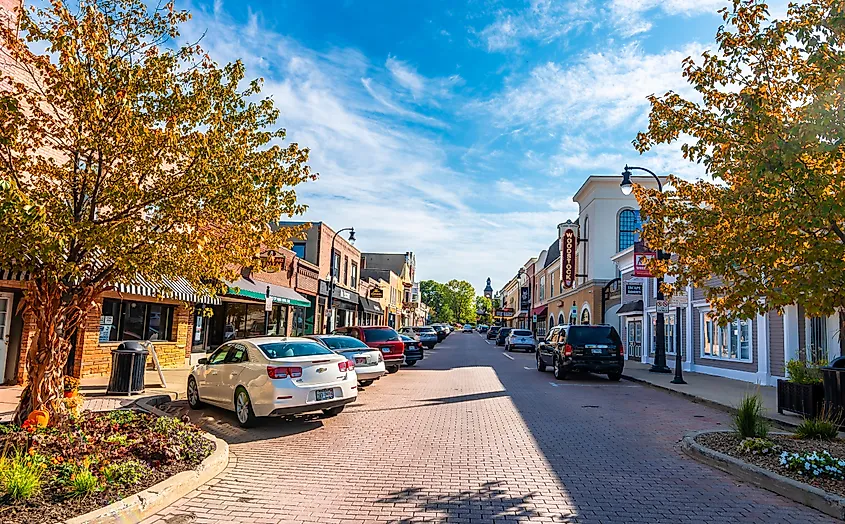
Woodstock is one of the few Illinois towns where the central square remains the literal and cultural hub, enclosed on all four sides by 19th-century storefronts, a domed courthouse, and an opera house that once hosted Orson Welles. The 1993 film Groundhog Day was shot almost entirely on location here; the “Punxsutawney” square, the alleyway “Phil” steps into, and the “Tip Top Café” are still intact and recognizable. The town was also home to a short-lived utopian college in the 1850s, which later became the Todd School for Boys, where Welles studied.
Inside the square, Ethereal Confections operates out of a two-story brick building, producing bean-to-bar chocolate and serving whiskey-infused drinking chocolate in a lounge with mezzanine seating. The Woodstock Opera House, still active, books small-cast plays, classical concerts, and speaker series events throughout the year. Read Between the Lynes, an independent bookstore with hand-curated sections and a second-floor children’s room, anchors the west side of the square. Just beyond downtown, Emricson Park includes a preserved prairie basin, disc golf course, and a seasonal sledding hill; its trail system connects to nearby wetlands and bird habitats along the Kishwaukee River corridor.
Geneva
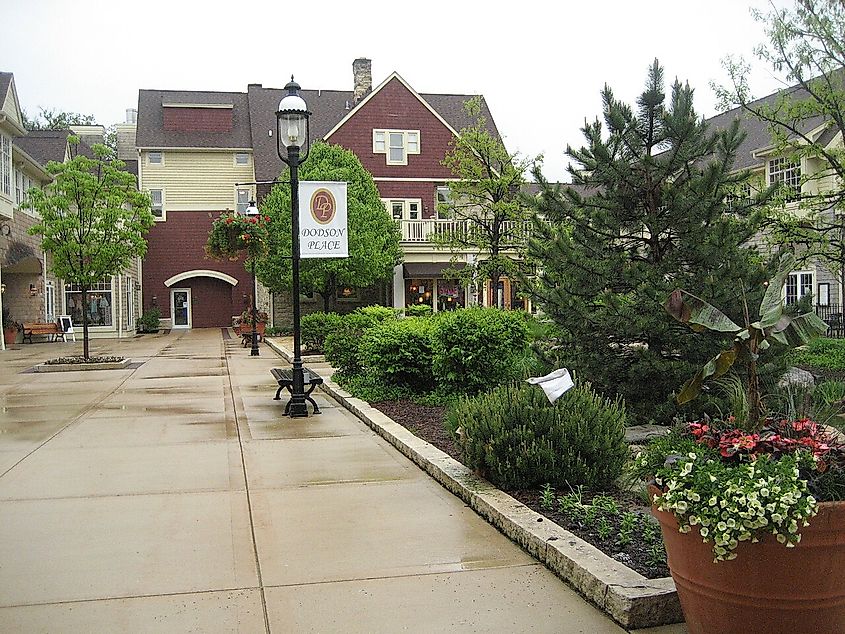
Geneva’s downtown runs parallel to the Fox River on land once settled by Swedish immigrants and still shows that heritage in its festivals, street names, and storefront architecture. The town’s preserved windmill, a six-story structure built in the 1850s, is fully operational and now stands inside Fabyan Forest Preserve. The surrounding grounds include a Japanese garden designed in 1910 by Taro Otsuka, with stone lanterns and footbridges arranged along the creek.
The Herrington Inn, built inside a converted 19th-century creamery on the river’s east bank, operates its own restaurant, Atwater’s, which serves regional trout and seasonal root vegetables in a dining room overlooking the water. Graham’s Fine Chocolates & Ice Cream on Third Street sells house-made truffles, buttercreams, and hot fudge sauce prepared in the adjacent production kitchen. The Geneva History Museum maintains rotating exhibits drawn from the town’s industrial and railroad past, along with a permanent gallery on Swedish-American culture. Island Park, located mid-river between two vehicle bridges, is accessed by a footbridge and includes open lawn, riverbank fishing spots, and a looping path shaded by cottonwoods and black walnut trees. The Fox River Trail runs directly through it, linking Geneva to St. Charles and Batavia.
Nauvoo
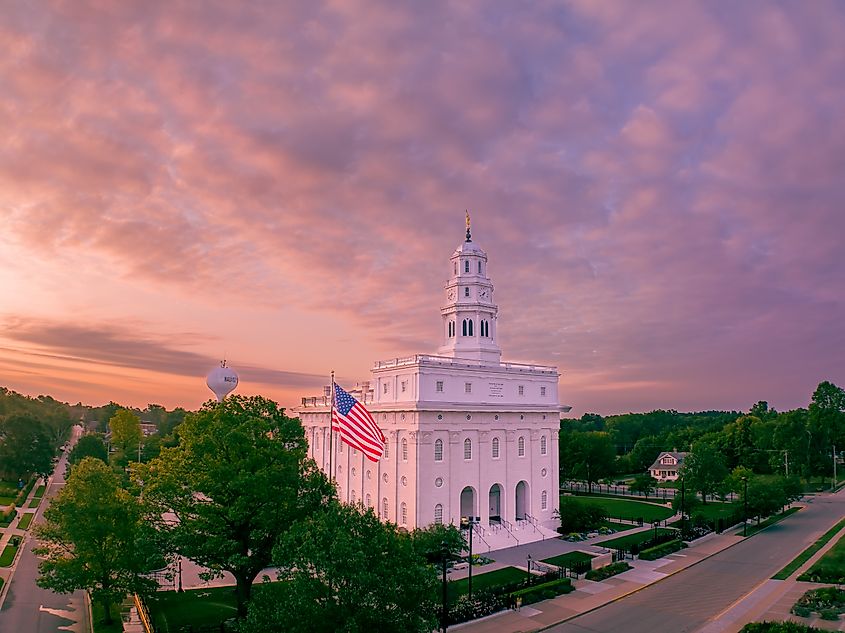
Nauvoo occupies a high bluff along a bend in the Mississippi River and was once the largest city in Illinois, with a population rivaling Chicago’s in the 1840s. Founded by Joseph Smith and built by early Latter-day Saints, the town became the spiritual and political center of the Mormon movement until the church’s forced exodus in 1846. Much of the original street grid remains, along with dozens of reconstructed log and brick structures based on early maps and journals. A full-scale stone replica of the Nauvoo Temple now stands on its original footprint and dominates the skyline.
The Family Living Center offers live demonstrations of 19th-century trades: barrel making, blacksmithing, weaving, inside a cluster of reconstructed shops. Hotel Nauvoo, operating since 1946 in an 1840s-era stone building, serves a buffet of homestyle dishes including fried chicken, ham, and wild rice stuffing. The Rheinberger House Museum, located on Parley Street, displays artifacts from the German Catholic community that settled here after the Mormon departure. Nauvoo State Park includes a fishing lake, shaded picnic groves, and a short vineyard trail maintained by Baxter’s Vineyards, the oldest family-owned winery in Illinois. The trail loops past original wine cellars cut into the bluff, still used for barrel aging.
St. Charles
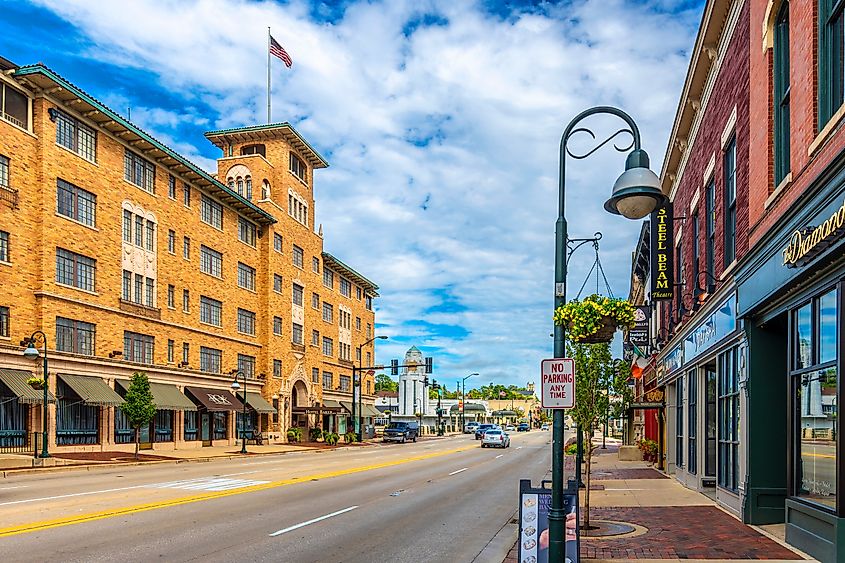
St. Charles was once nicknamed the “Pride of the Fox” for its placement along a narrow section of the Fox River, which splits the town and defines its layout. In the 1920s, the Baker Hotel opened with its own hydroelectric turbine, marble-lined hallways, and a flower-filled solarium that still overlooks the water today. The building remains a functioning hotel and wedding venue, and its riverfront lawn leads directly into Pottawatomie Park, which contains the original stone tower from the Works Progress Administration era and a seasonal paddlewheel riverboat, the St. Charles Belle II.
Across the river, the Arcada Theatre anchors the east side of Main Street. Opened in 1926 with 900 seats and Spanish Mission-style interiors, it now hosts rock concerts, film events, and vintage vaudeville nights. The second-floor Club Arcada serves cocktails and small plates in a room styled after a Prohibition-era speakeasy. Nearby, Kava Diem brews single-origin pour-overs and sells house-made granola beside a riverside bike rack along the Fox River Trail. The St. Charles History Museum operates out of the 1928 McCornack Oil Company building and houses exhibits on the town’s Civil War volunteers, its legacy of watchmaking, and the lost Electric Park amusement resort that once stood on the river island.
Ottawa
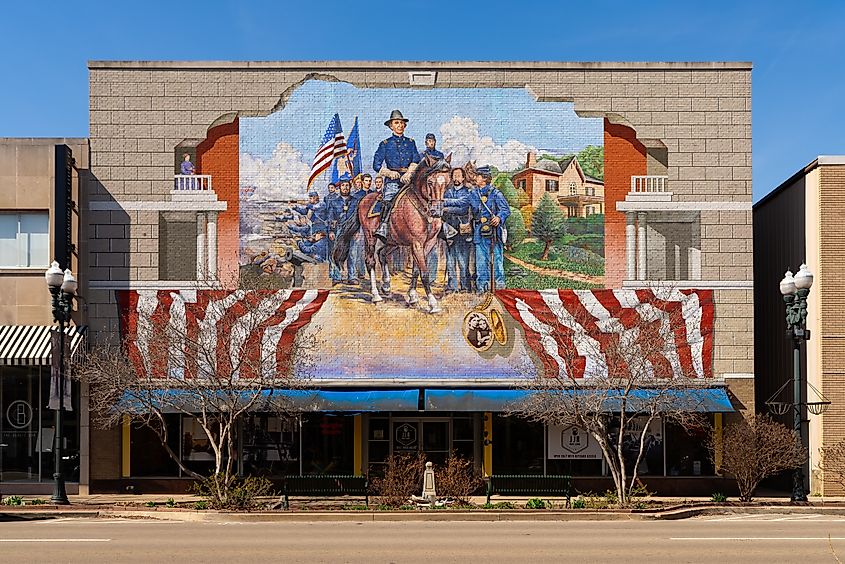
Ottawa sits at the confluence of the Fox and Illinois Rivers and was the site of the first Lincoln-Douglas debate in 1858. The city still marks that event at Washington Square, where bronze statues of Lincoln and Douglas face each other on the original debate platform. Ottawa also became a glassmaking hub in the 20th century thanks to local silica sand deposits, and remnants of that industrial era still shape the town’s south side along the river. Over 30 large-scale murals have been painted across downtown by the Walldogs artist collective, many illustrating those industrial and political chapters.
Jeremiah Joe Coffee occupies a corner storefront on Madison Street and roasts on-site in small batches; its seasonal drinks rotate through local syrups and spices. Just off Columbus Street, B.A.S.H. (Burger and Sushi House) serves fried pork belly bao and seared tuna sliders in a former hardware building with exposed brick walls and an upper mezzanine. The Reddick Mansion, a restored 1858 Italianate home facing the debate square, offers guided interior tours including the original library and a spiral walnut staircase. Fox River Park includes a launch point for kayaks and access to a lowhead dam overlook; the paved riverwalk links it to Allen Park downstream.
Mount Carroll
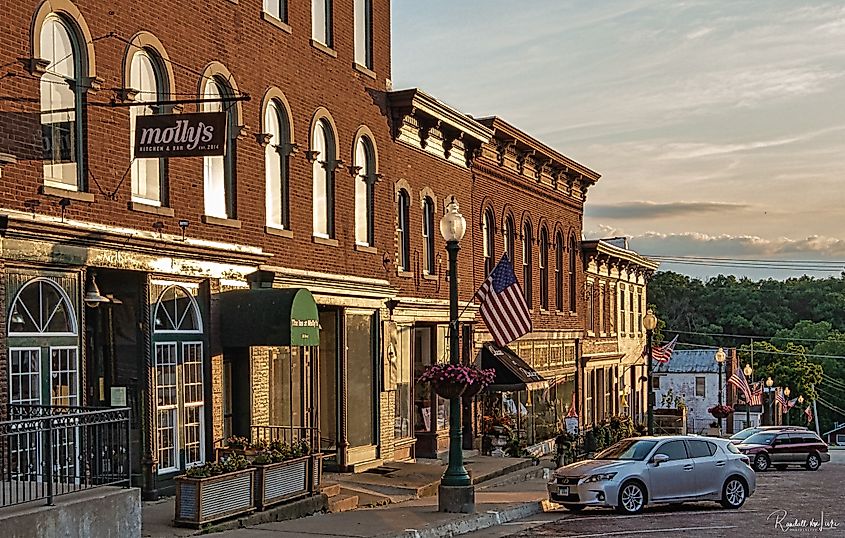
Mount Carroll’s entire downtown is listed as a historic district, with over 150 structures built between 1850 and 1910. The town avoided modernization during the postwar decades, preserving its limestone sidewalks, hand-carved cornices, and intact two-story storefronts. For much of the 20th century, it was home to Shimer College, a Great Books school whose faculty included theologian Joseph Schwab and novelist Mark Harris. That former campus now houses the Campbell Center for Historic Preservation Studies, which draws conservators from across the country for training in museum collection care.
Timber Lake Playhouse operates just south of town in a purpose-built amphitheater that hosts summer repertory productions ranging from Sondheim to contemporary musicals. Inside the downtown loop, Molly’s Kitchen and Bar serves cast-iron trout, smoked pork belly, and grilled leeks in a converted carriage house lit by oil lamps and iron chandeliers. The Carroll County Courthouse, built in 1858, anchors the square with its square cupola and remains in daily use. Raven’s Grin Inn, a year-round haunted house and private residence carved into a hillside Victorian on North High Street, offers nighttime tours led by owner-creator Jim Warfield, who built the passageways, trapdoors, and murals himself over a span of 35 years.
Exploring Galena, Woodstock, Geneva, Nauvoo, St. Charles, Ottawa, and Mount Carroll reveals how Illinois holds stories beyond its metropolises. Each town preserves a sector of national history—lead mining, filmmaking, Swedish settlement, Mormon migration, river commerce, political debate, and academic experimentation—while supporting present‑day creativity in cafés, theaters, and trails. Collectively, they demonstrate that the Midwest’s richest heritage often thrives in places where the numbered highways turn quiet, for travelers seeking depth today.
